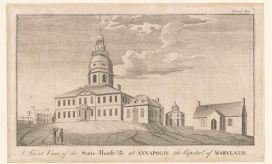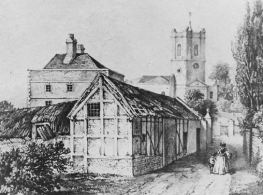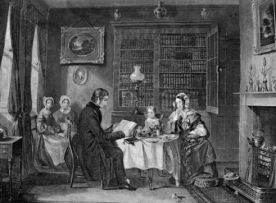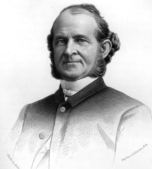
Quaker Choir-style Meeting
I wasn’t sure this brief examination of Rev. George Keith’s journal notes, with his advises on Church of England mission work to London, ought to be posted here or at the Anglomethodist. Though we see much affinity with Keith’s advises to Mr. Wesley’s General Rule, the ‘communtarian’ (monkish) aspects of the Quakers resonated with religious societies in general from the Puritans to those Anglican fellowships which flourished in the Restoration era. Each sect possessed certain social rules that resembled the Quakers, and if we consider Quakerism to be a radical sect of Puritanism (or Congregationalism), then we can fathom a certain (perhaps remote) proximity to the former Establishment. Much is pragmatic and common-sense regarding these rules, but I thought it good to review Keith’s recommendations for Anglican mission, seeing much should be imitated for our time, as well as how cultural aspects of ‘holiness groups’ like Quakers might be incorporated into something like a national church. Continue reading














